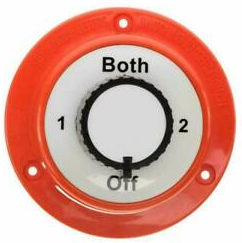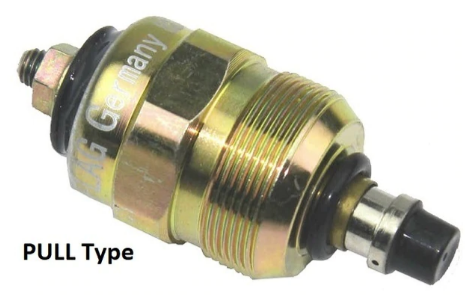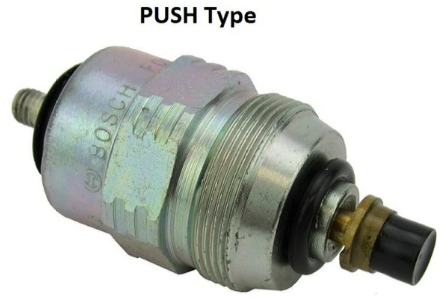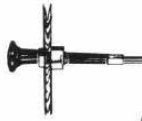If your marine diesel engine is having trouble starting, it may be worth checking the electric side of things.
If you’re having trouble starting your marine diesel engine then there are two main culprits – the fuel delivery system and the electrical system. There will be clues as to which problem you have and the starting point is getting out your multi-meter.
When I was studying engineering, the Fluke meters were considered the Rolls-Royce models but today there are countless look-a-likes that perform perfectly well, and won’t devastate you if they happen to slip in to the drink.

Battery
If you turn the key and nothing happens – either no oil-pressure alarm or you hear the alarm but the starter motor won’t turn, then the cranking battery will be your first point of investigation.
At the most fundamental, your battery problems may come down to an insufficient level of voltage on the battery terminals. Firstly, isolate the battery by turning “off” the battery selection switch (often a 1-2-both-off type) if you have one. Take your multi-meter and switch the mode to the appropriate DC Voltage mode. Touching the red probe to the positive battery terminal and the black probe to the negative (or 0 volts) you should see the battery voltage level on the display.

For a healthy wet-cell type 12 volt battery this should read anywhere from 12.4 to 12.8 volts. If you are reading above that, you may be seeing a charging current from your shore power or solar panels. If you are reading below that, you either have a depleted or a faulty battery. If that happens, and you need to get moving, you could think about hooking up your house batteries in parallel to get your engine started. But be aware that your leisure batteries may not enjoy providing the current to start an engine. If your cranking cell is below voltage, then you need to get it fully charged. If it won’t hold a charge then it may be time to replace it.
The Wiring Harness / Loom
If you are seeing a healthy voltage at the battery terminals, then the next step is to do a visual check of the wiring looms around the engine. A thorough visual inspection will often reveal the source of the problem such as spade terminals that have been shaken loose or wires that have corroded loose of their terminations. Don’t worry if you don’t know what individual wires are for, look for areas of corrosion or other types of damage such as fenders that have been thrown on top of a wiring run. Wiring problems can be intermittent or appear suddenly. They can be affected by temperature or humidity.
Also worth a look is your fuse panel. Many installations have automotive fuses which often don’t last long in a marine environment.
The Starter Motor
The Stop Solenoid
If the starter motor is turning at full speed, but the engine isn’t firing there could be many mechanical reasons causing this. One electrical reason, however, could be that the stop solenoid is stuck on.
Not all small marine diesel engines have electrical solenoids. Some, such as the Yanmar GM engines, have a manual lever which is connected to a pull plunger that stops the engine. The Volvo Penta MD22 series have an electrical solenoid as as those shown and a push button typically stops the engine.


The stop solenoid
An engine stop solenoid is an electromagnetic device designed to cut the fuel supply to an engine to force it to stop. Petrol engines have a HT system firing a spark plug which can be switched off to stop the engine. Diesel engines do not – you need to physically stop the fuel (or air) to stop the engine. When the solenoid is powered on the plunger physically pulls open a valve which allows fuel to pass through. Common signs of stop solenoid failure are: non-starting, non-stopping or running on after ignition has been turned off.
If you have a mechanical stop lever, then it’s not technically an electrical problem but make sure that it is in the open position if your engine won’t start.
Pull the stop knob and check that the engine stop lever operates, and then returns to its normal position.

Yanmar GM mechanical stop knob
